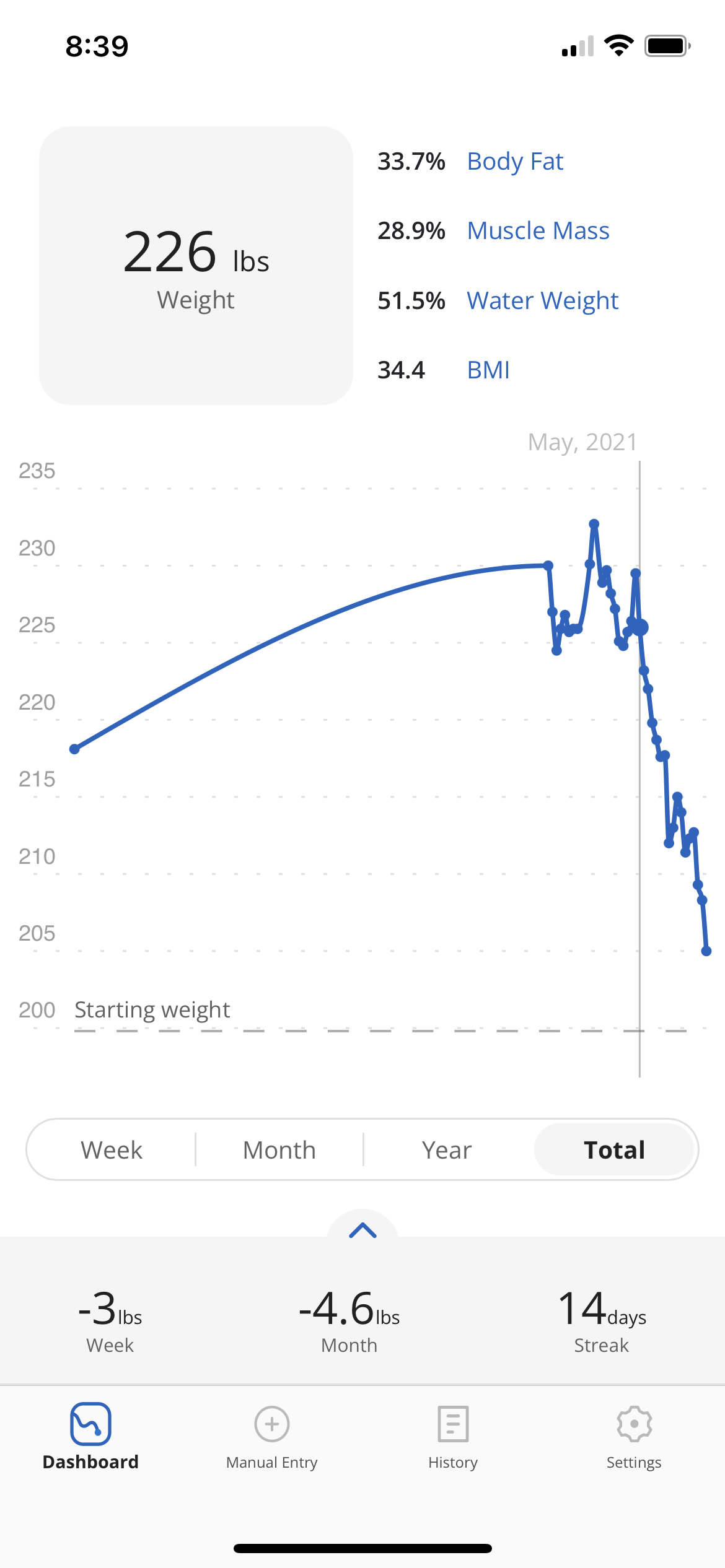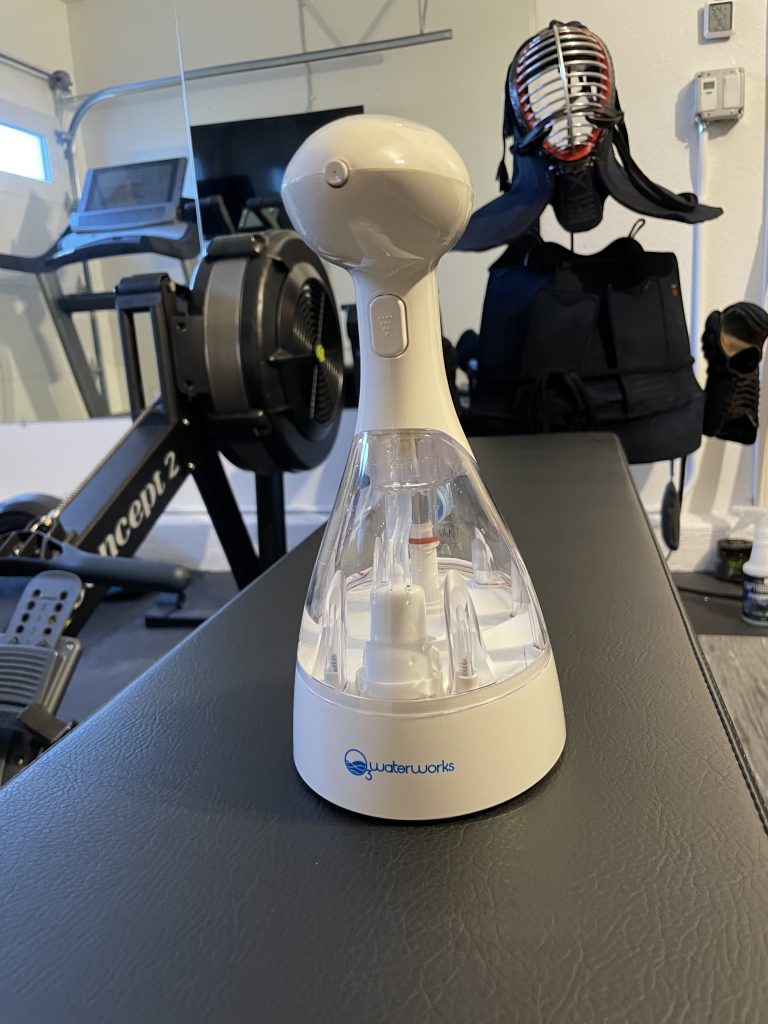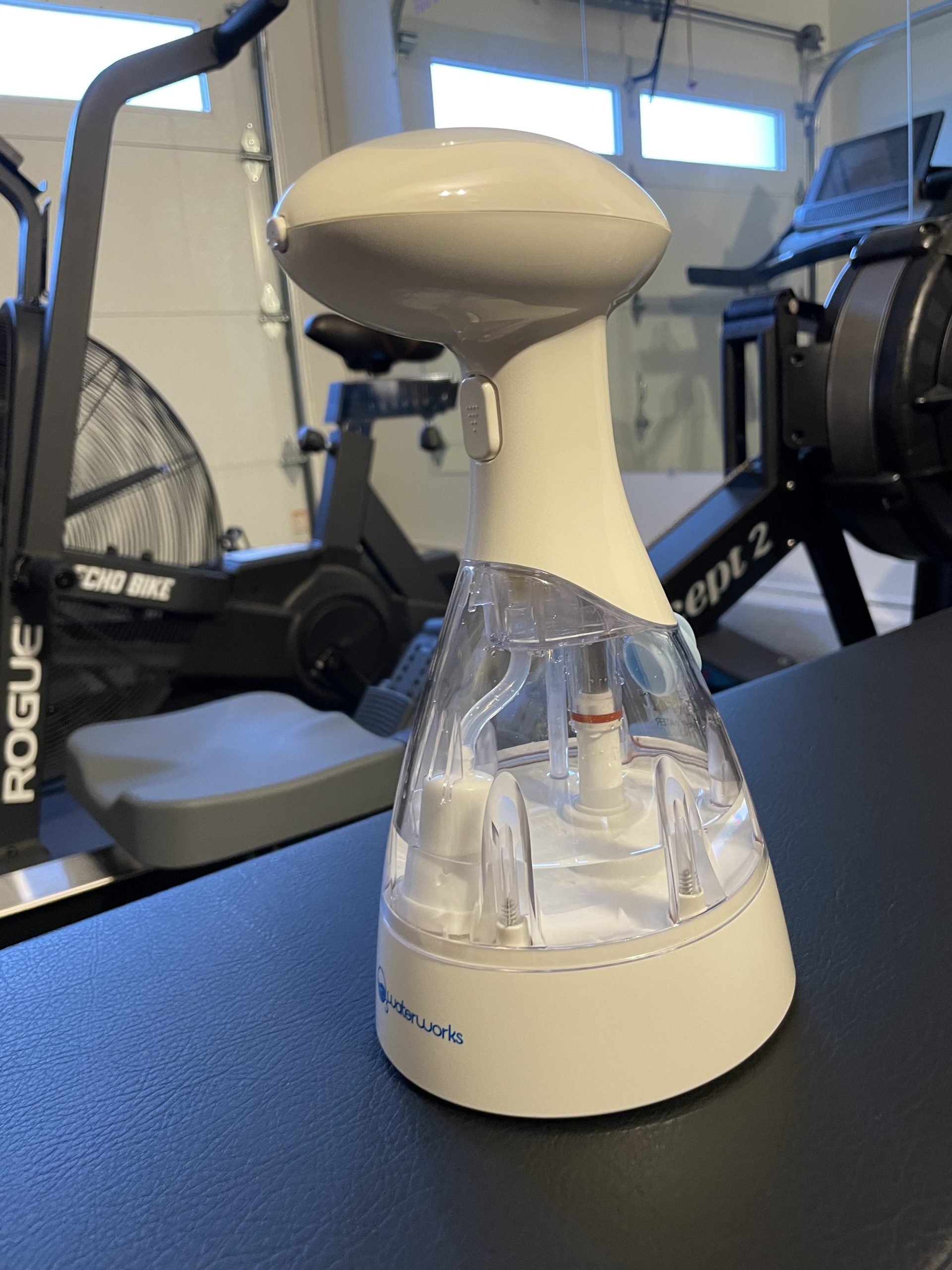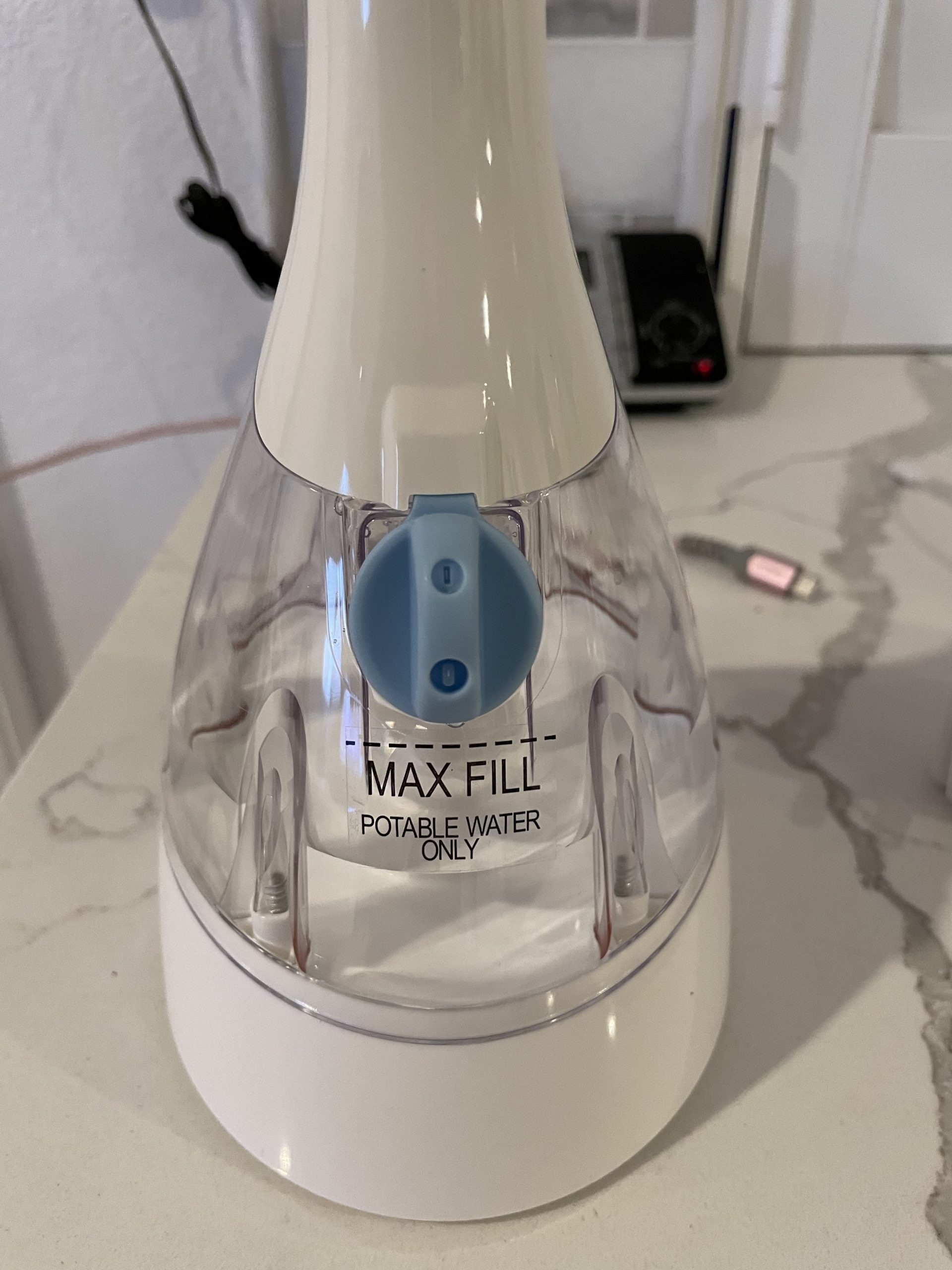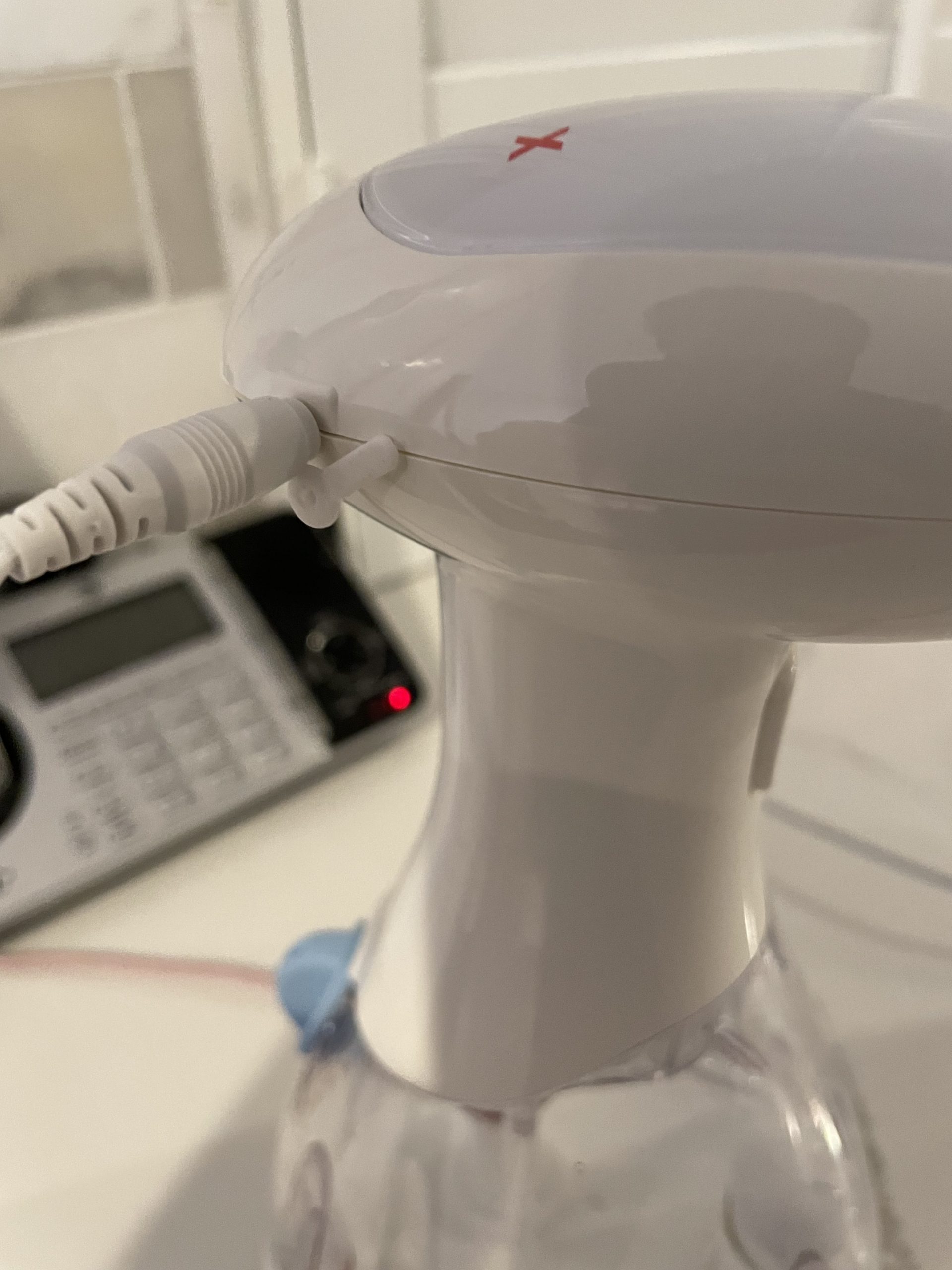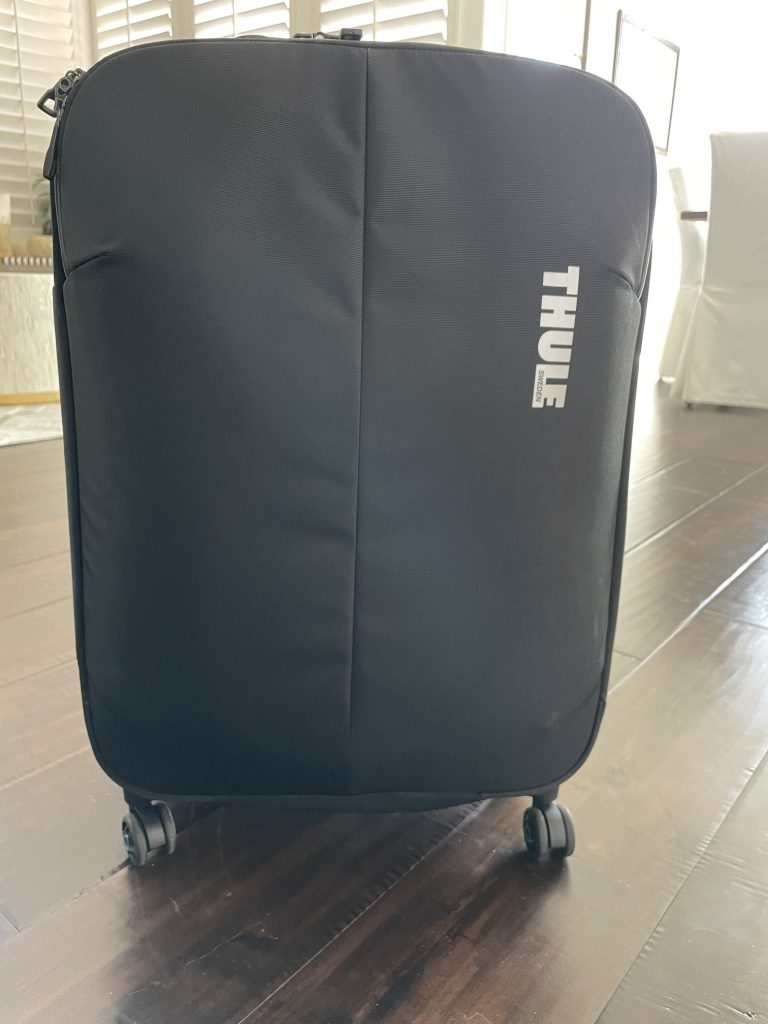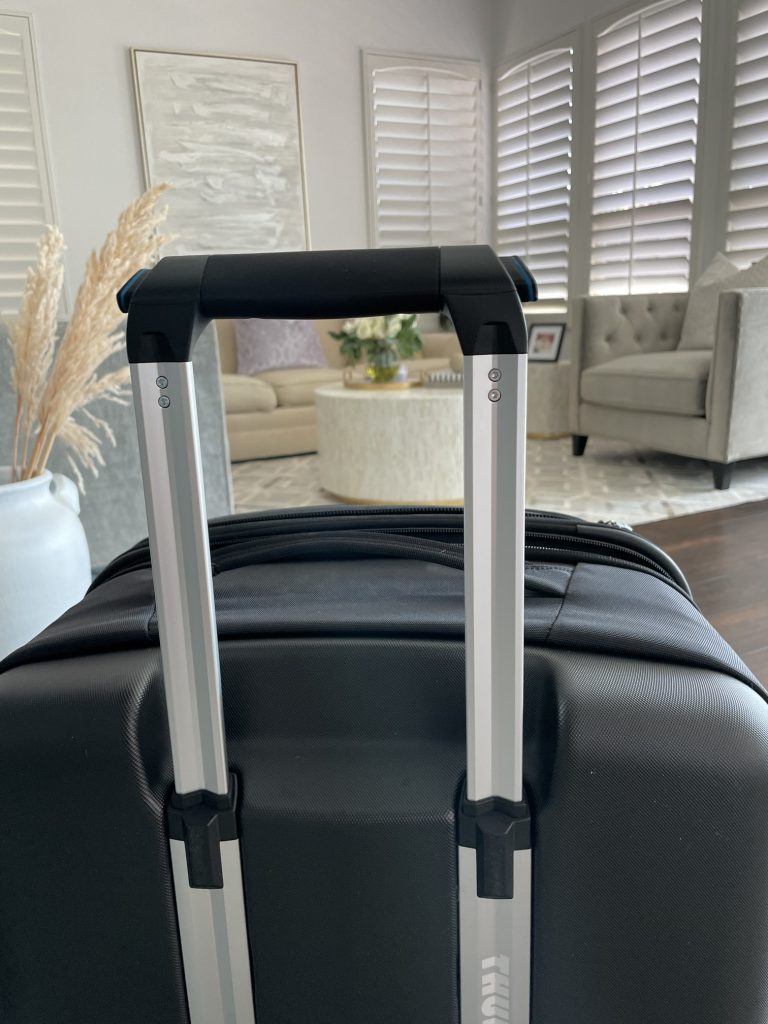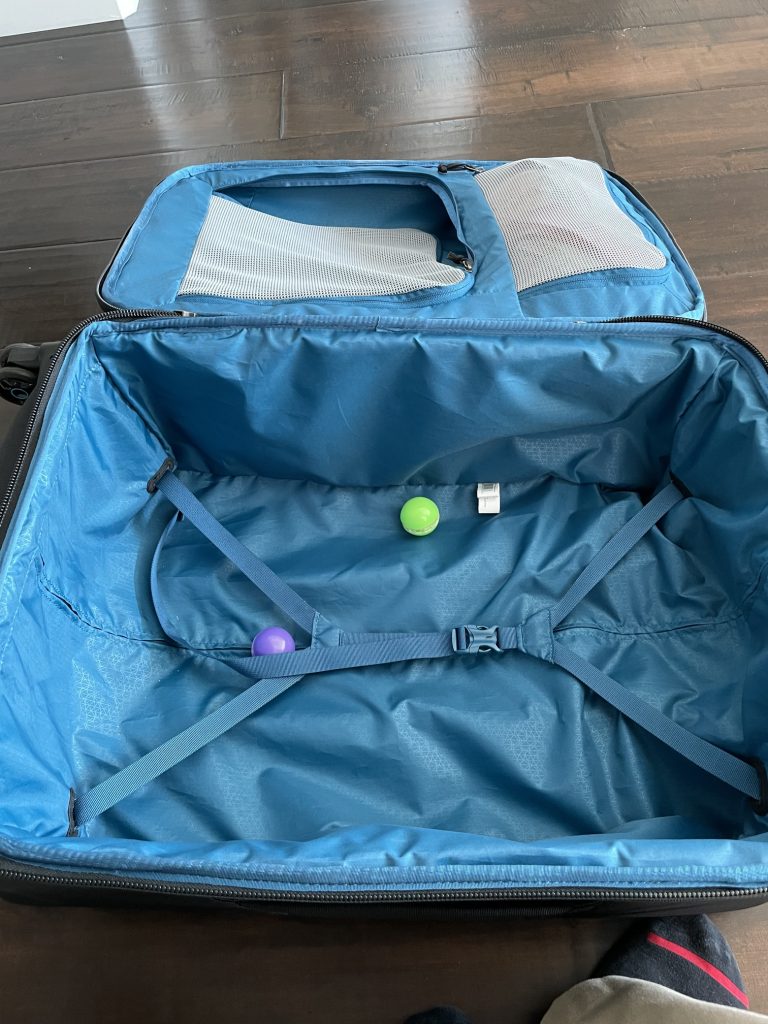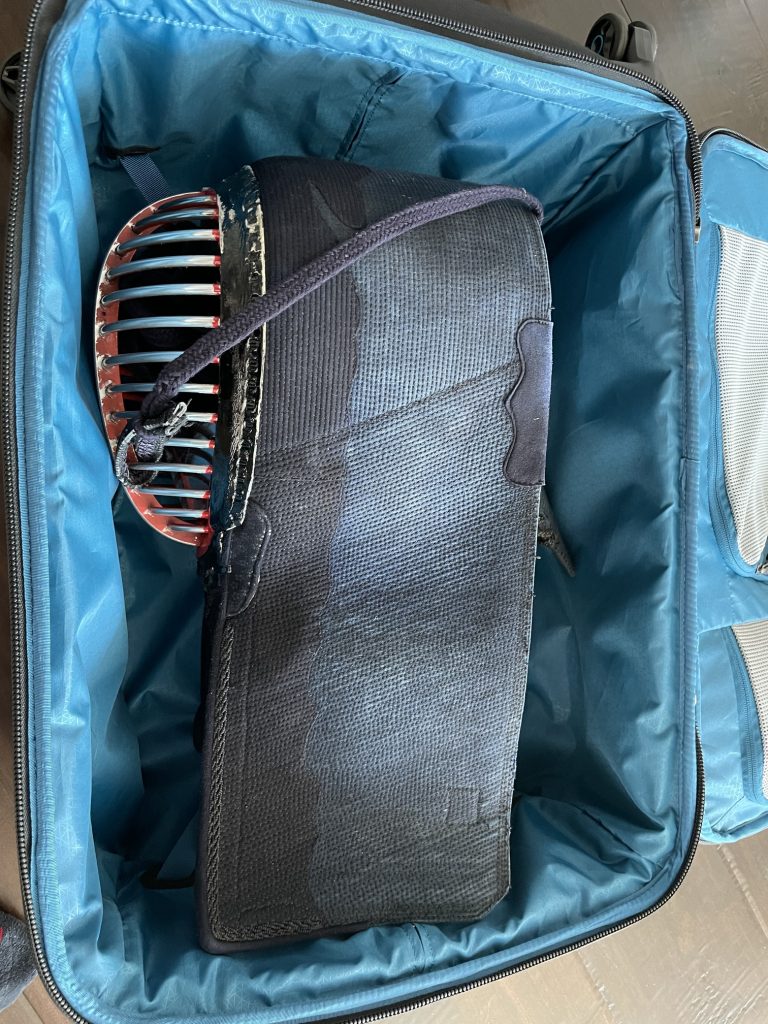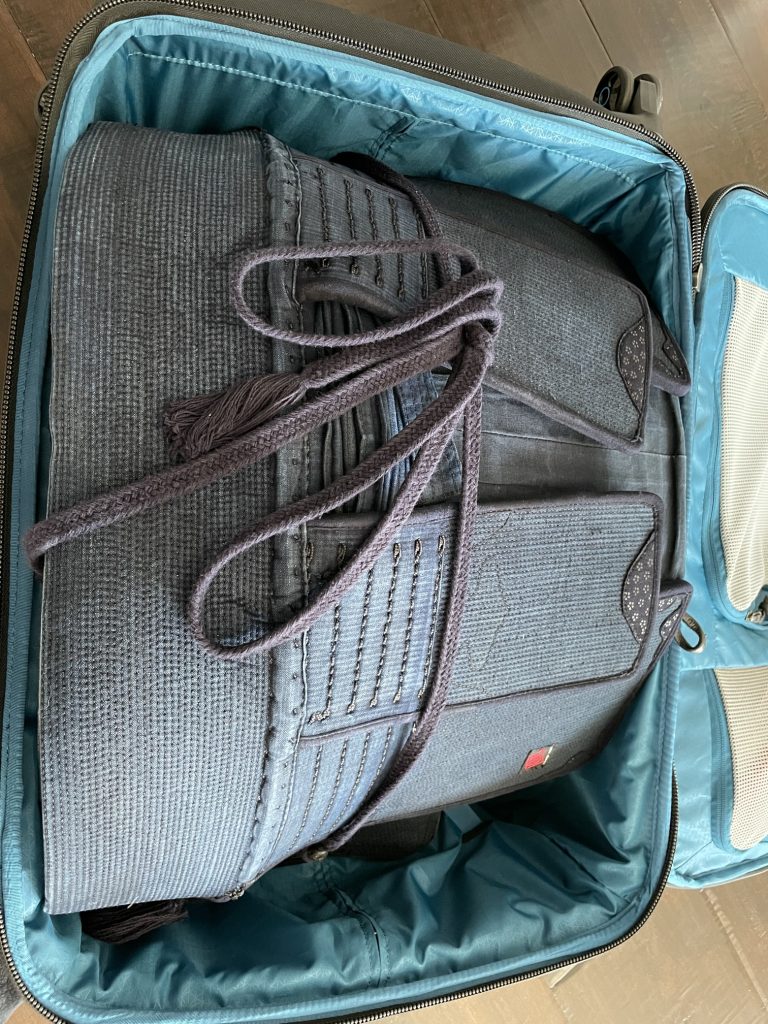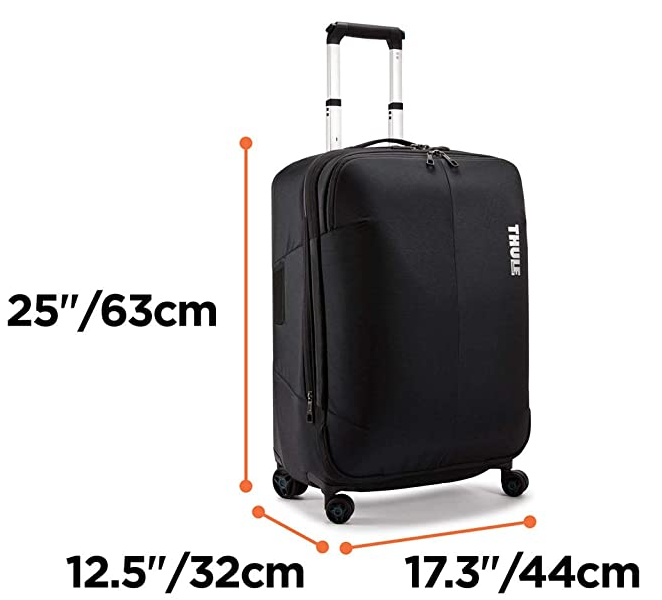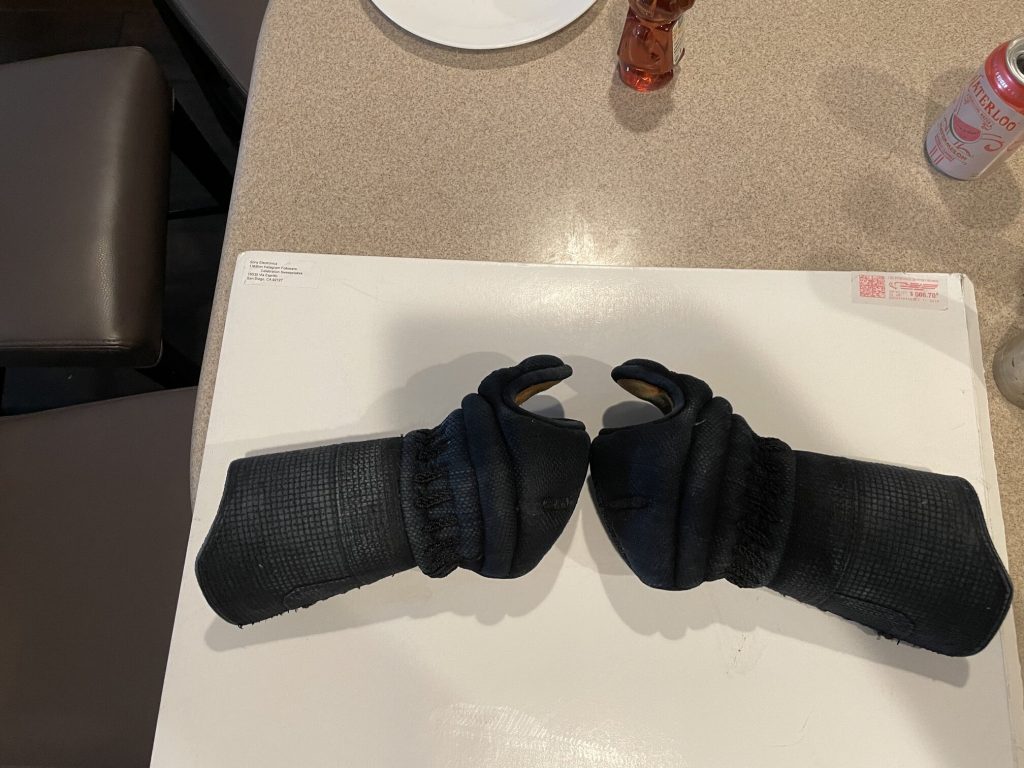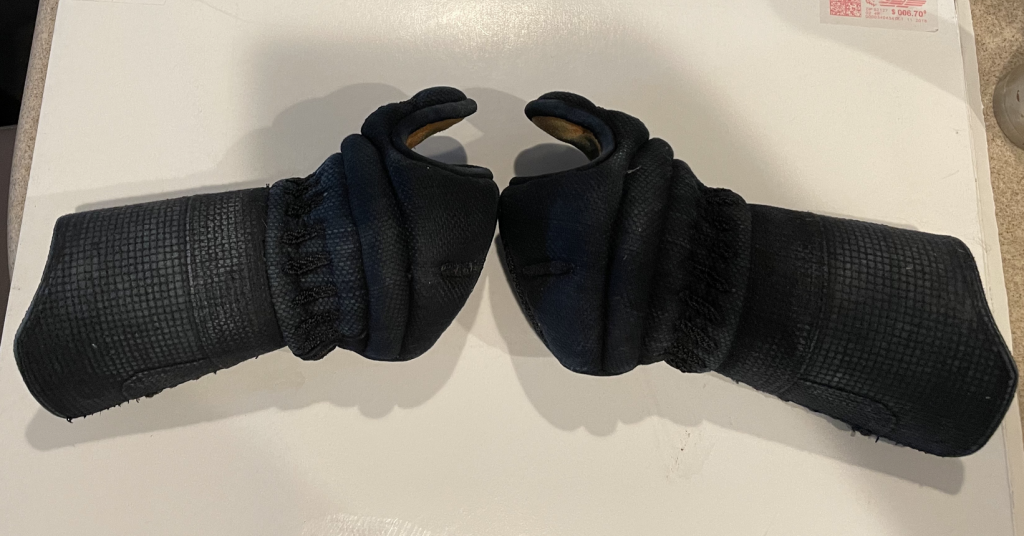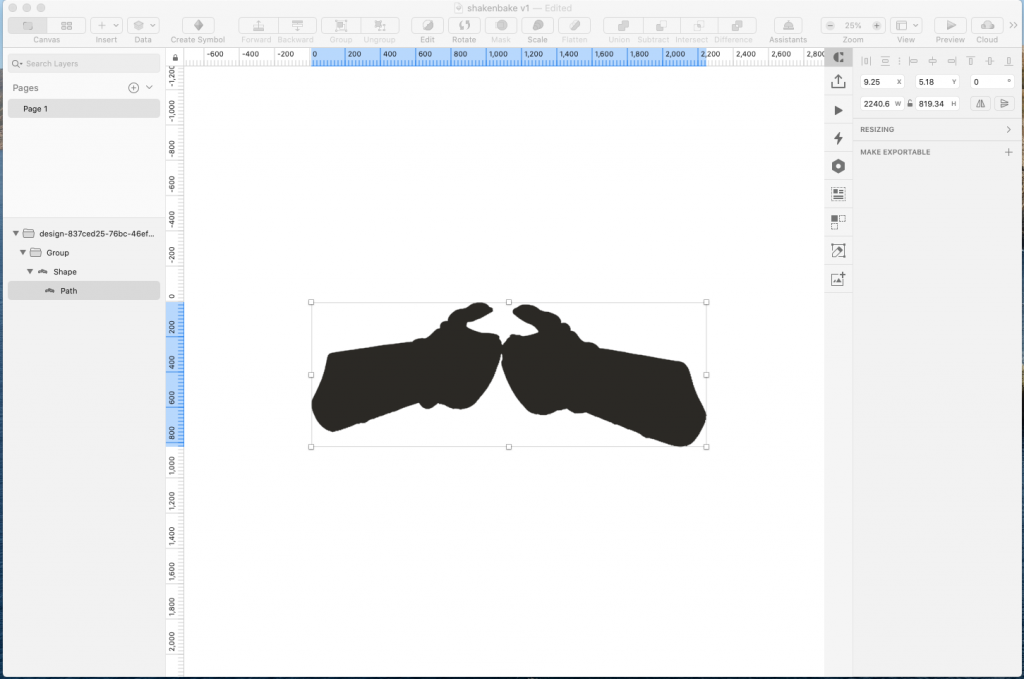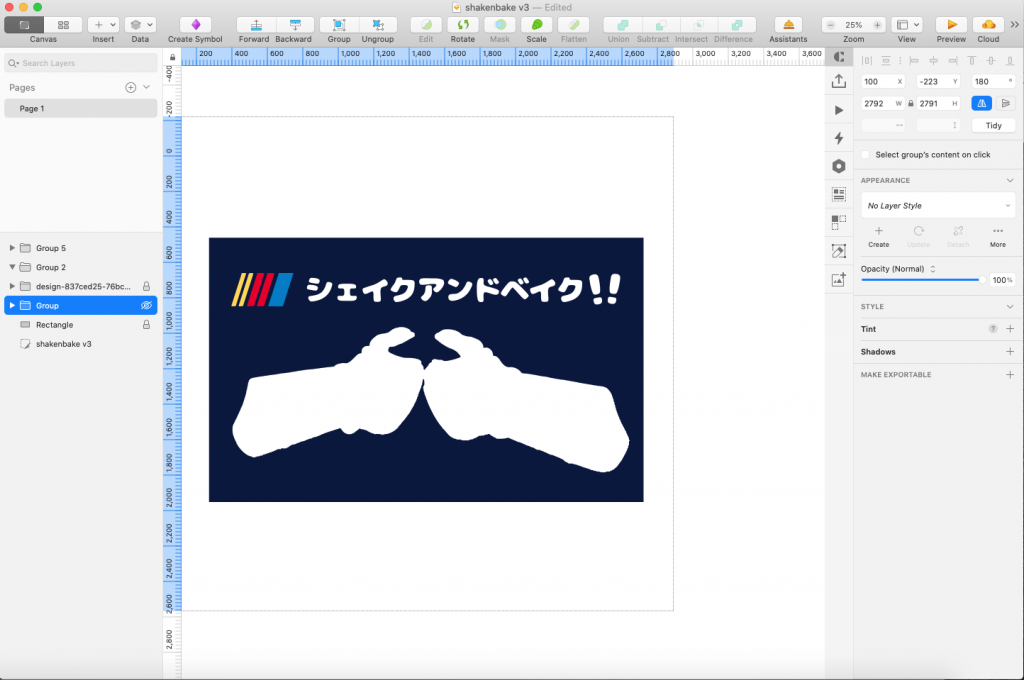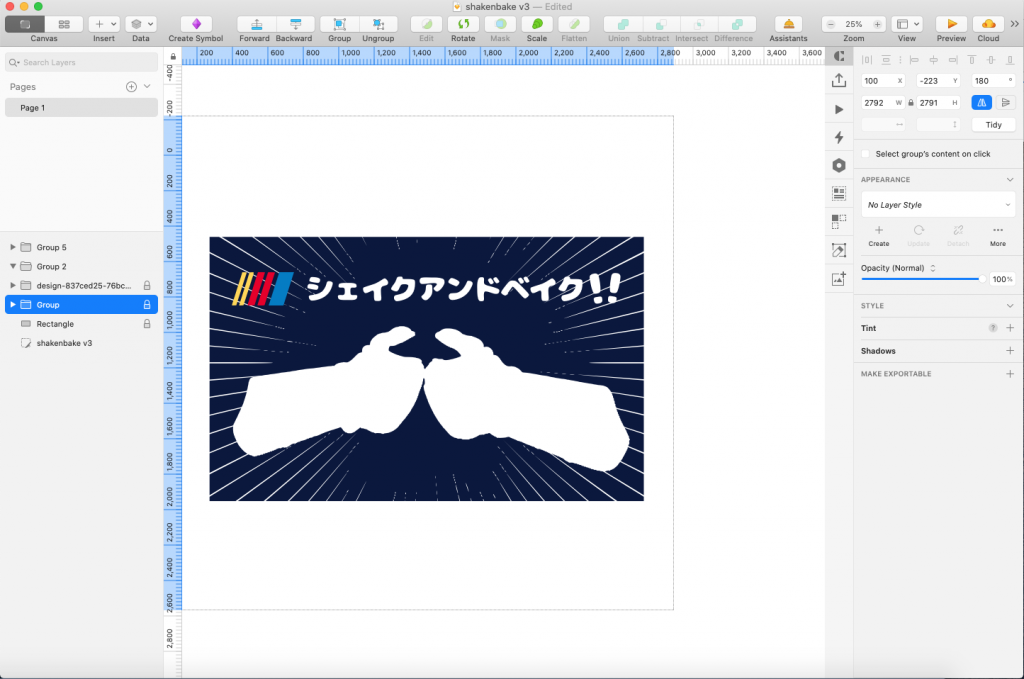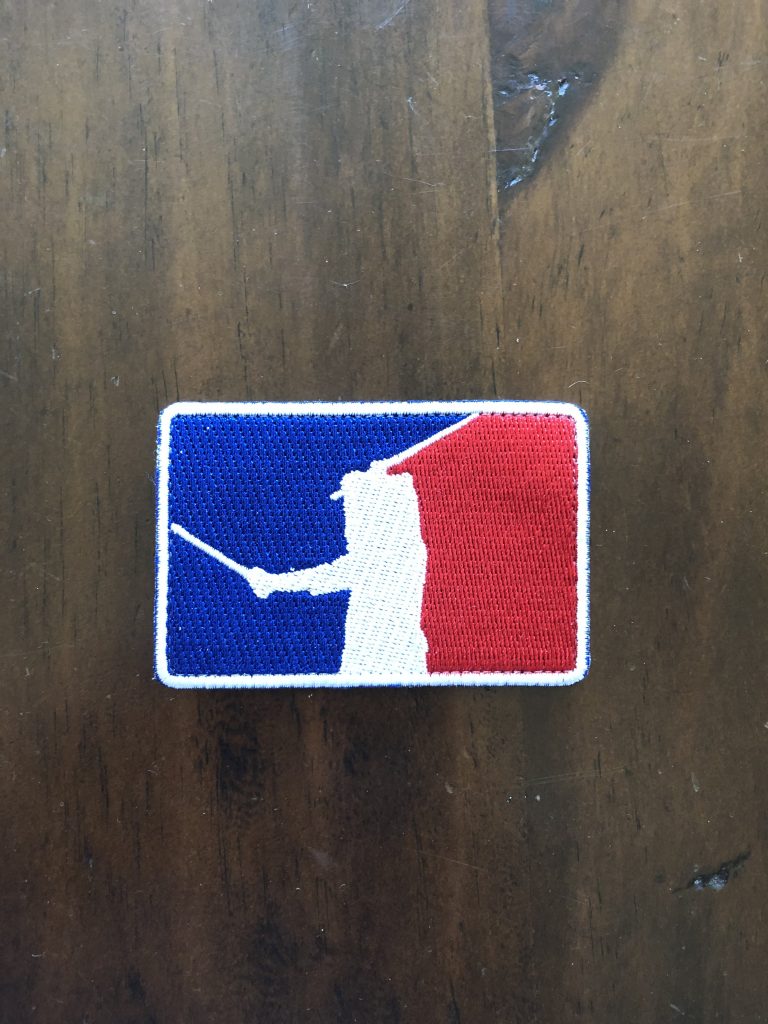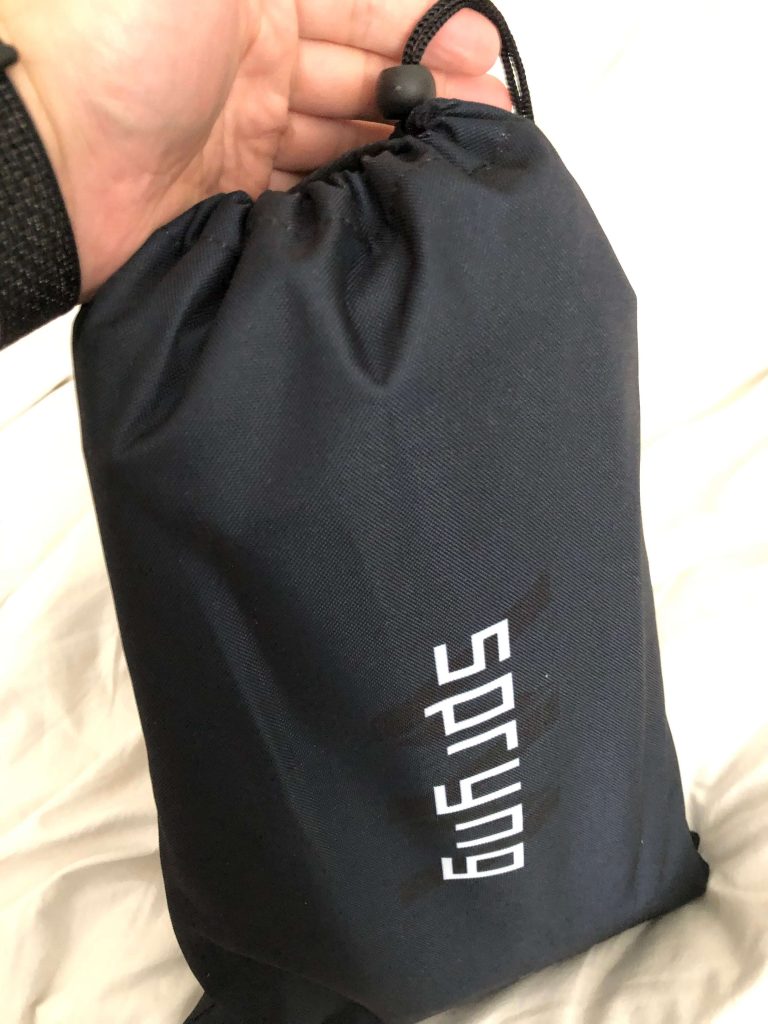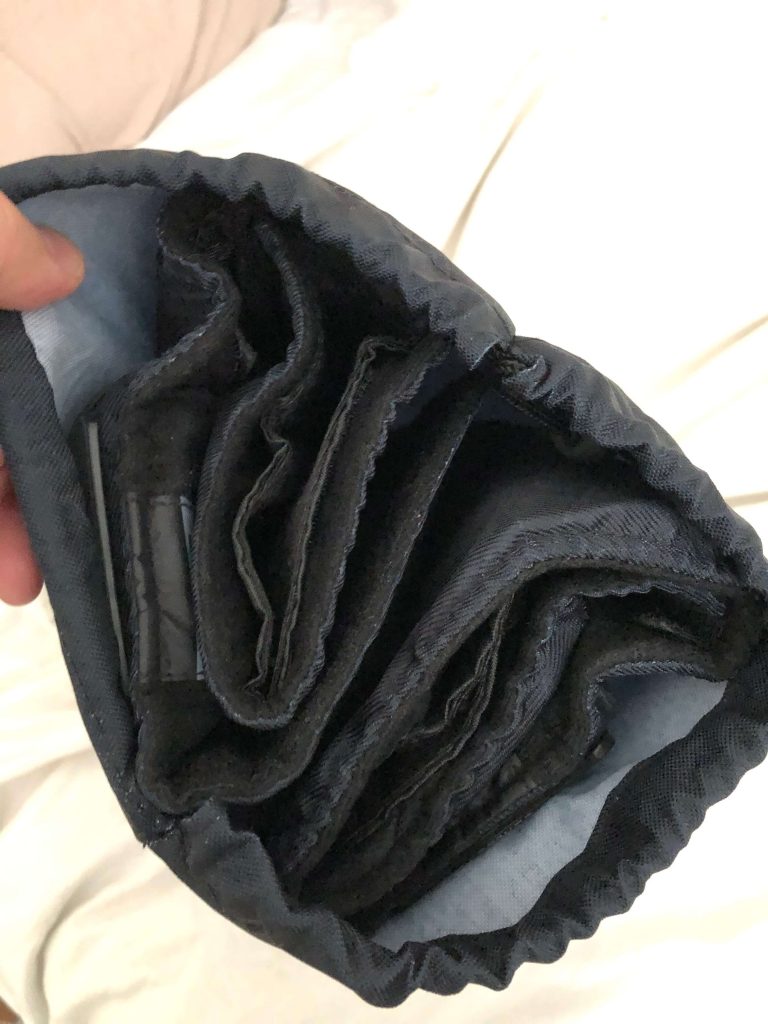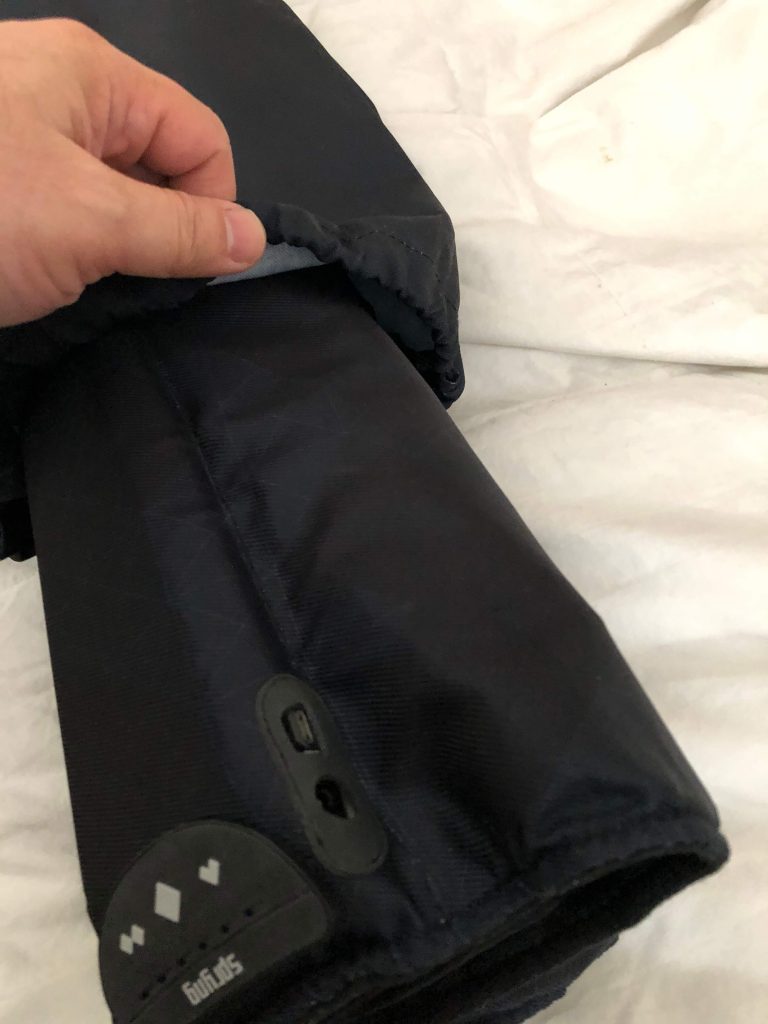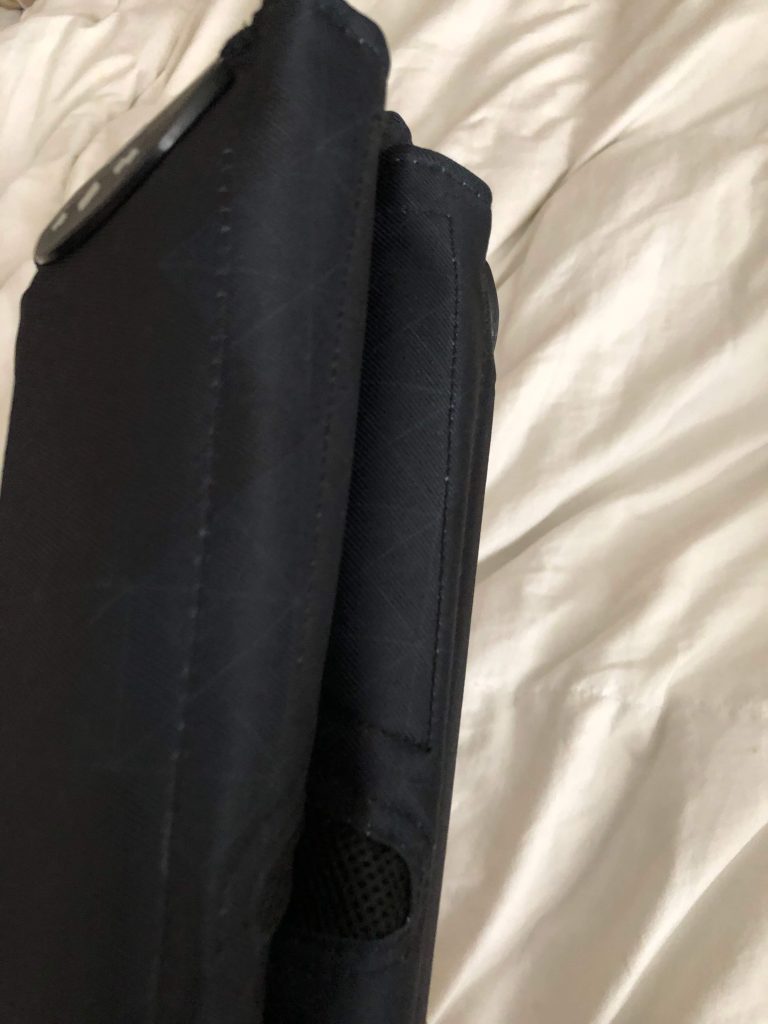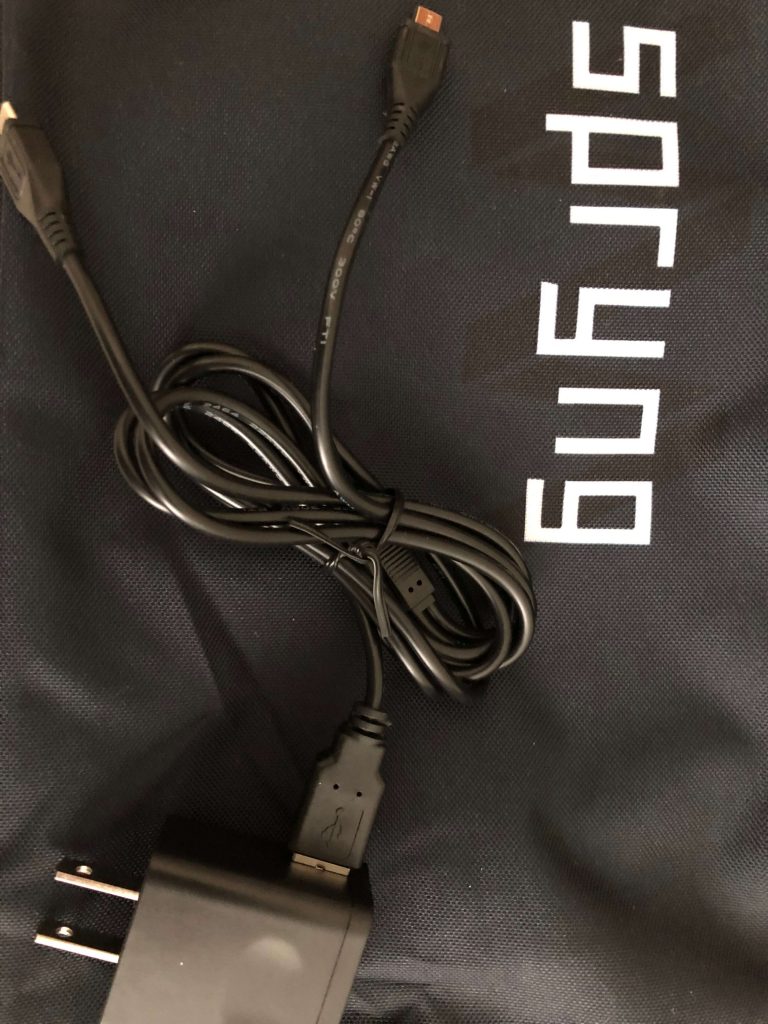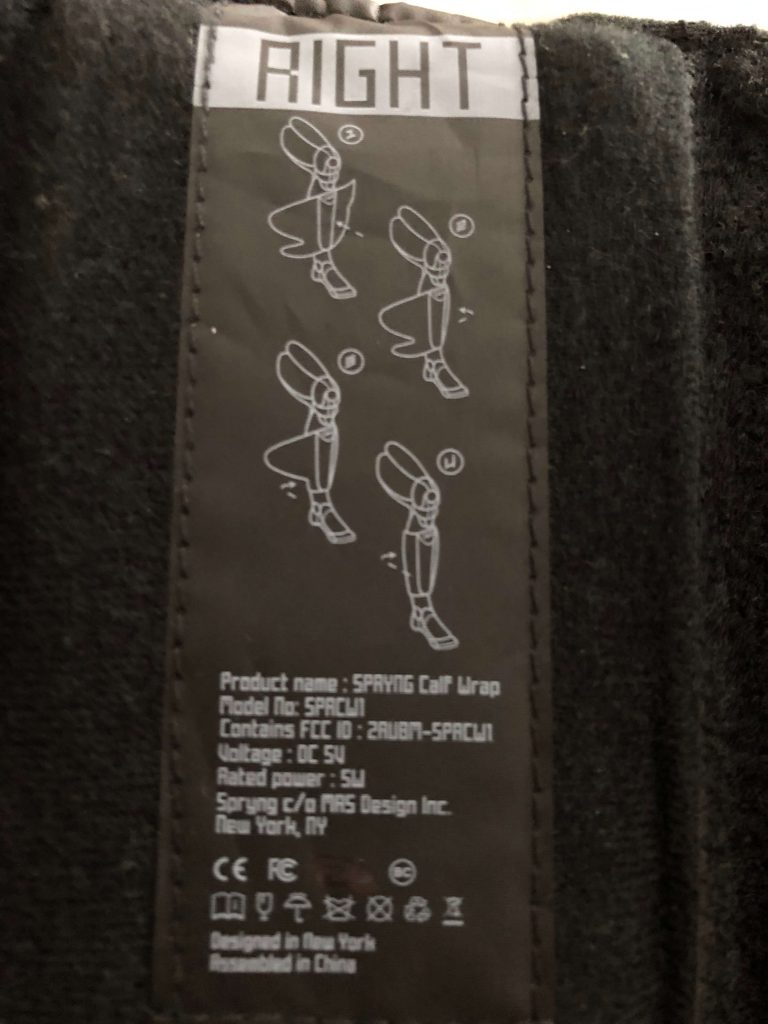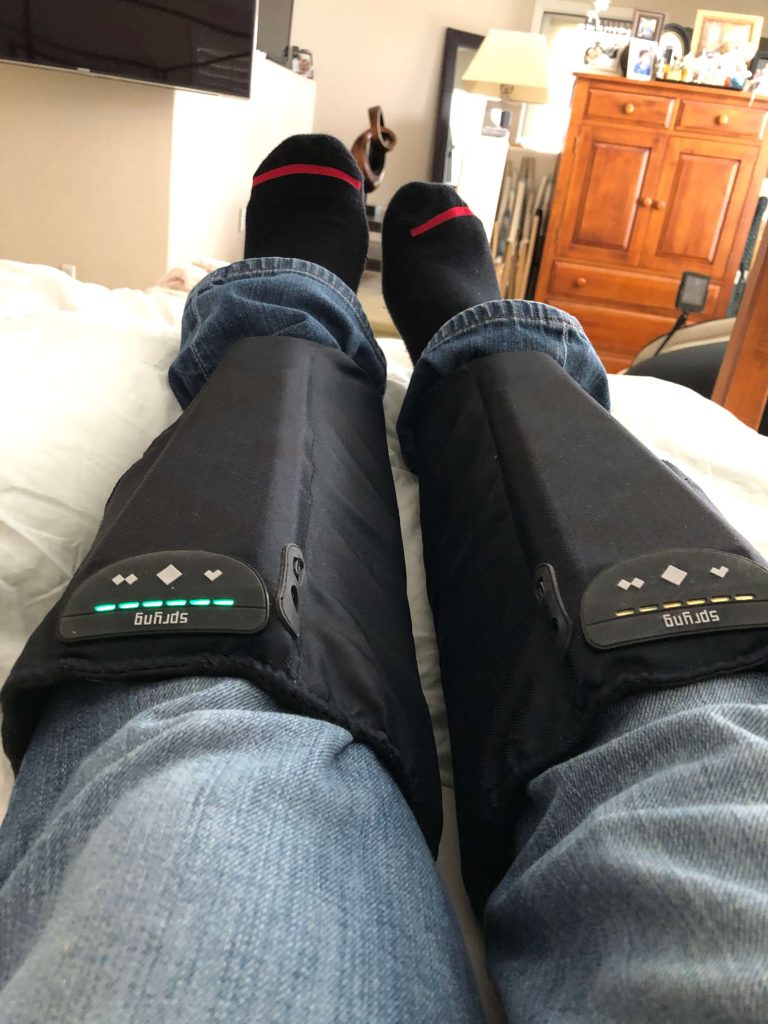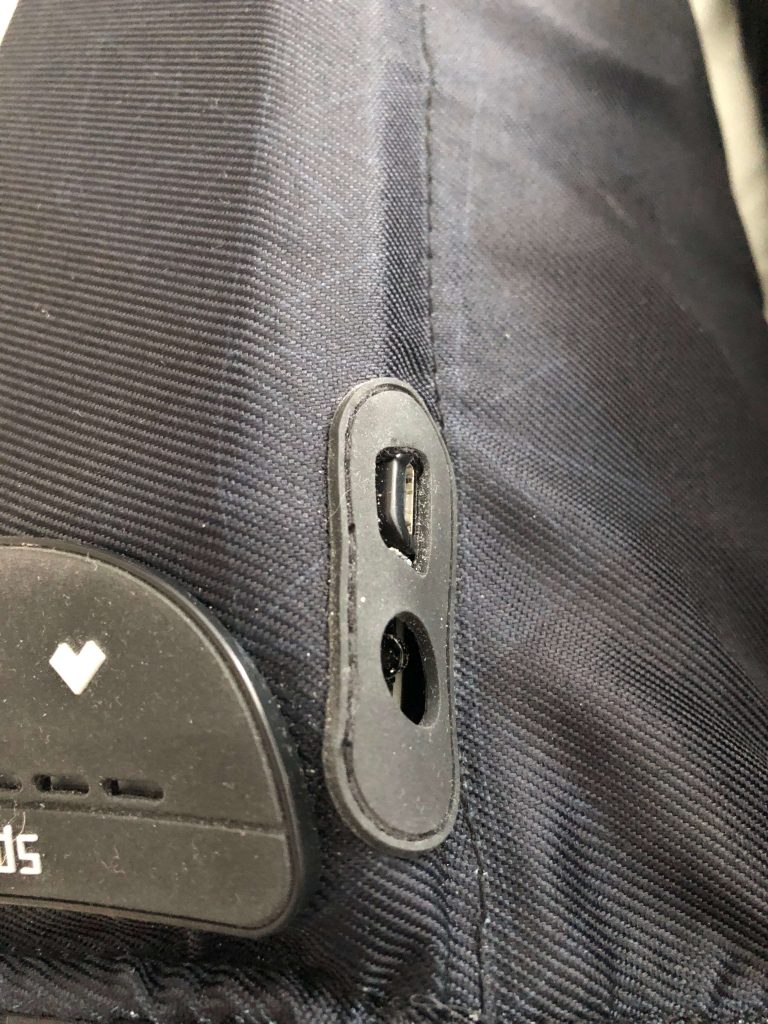I’m not an active person by nature. I have a sedentary job. Hate the gym. Don’t play sports (other than paintball in my youth). Not an outdoorsy type.
So, I thought it was pretty cool when I lost 20 pounds about 11 years ago when I first started kendo, and went from 225 pounds to 205 pounds.
And then the weight slowly crept up again, and I found it harder to keep it down the older I got. This is also about the time, I was solely responsible for getting my kids to and from practice at the expense of my own practice time, until one-by-one each of them decided to do something else.
Enter COVID in March 2020 and the pause in organized kendo. With that, the weight steadily increased to beyond pre-kendo levels. We wouldn’t start practicing again until May of 2021.
With a lot of help and motivation from my senseis and dojo friends, I was able to pass the yondan exam. With that came a sense of relief. I was able to learn to relax and actually enjoy kendo more. While helping others, I found myself spending less time waiting in line and more time actively doing kendo (I still have to figure out how to balance practice so that I get my time in with the higher ranked senseis). But I’m quite happy that the numbers are going in the right direction. And that I can put away the XL large do and bring out the original one I first started kendo with.
So what did I learn?
- For me, Kendo is a pretty fun and efficient way to burn calories. It is not uncommon for me to burn at least 1000 calories per kendo session. And keep actively burning calories that evening while sleeping/recovering.
- You have to do some activity/exercise (even a little) on the off days. My insurance incentivizes me to be active 6 of 7 days a week by earning points for gift cards (I end up giving them to my daughter for things like Starbucks). Activity is tracked by either an Apple Watch or Fitbit. (Is it accurate? I don’t know, but I’m happy with the results).
- Even if you are hungry after practice, don’t eat a heavy meal. Especially no fast food on the way home. I’ve been trying to just eat a little fruit.
- Water. I drink enough throughout the day that it forces me to get up from the desk and use the bathroom at least once an hour.
- Intermittent fasting. On some Saturdays or Sundays, I try to skip breakfast and eat late.
- On some weekdays, I eat a late lunch and then have less at dinner (regular time, not late).
- On Kendo days, I can eat a lot more.

